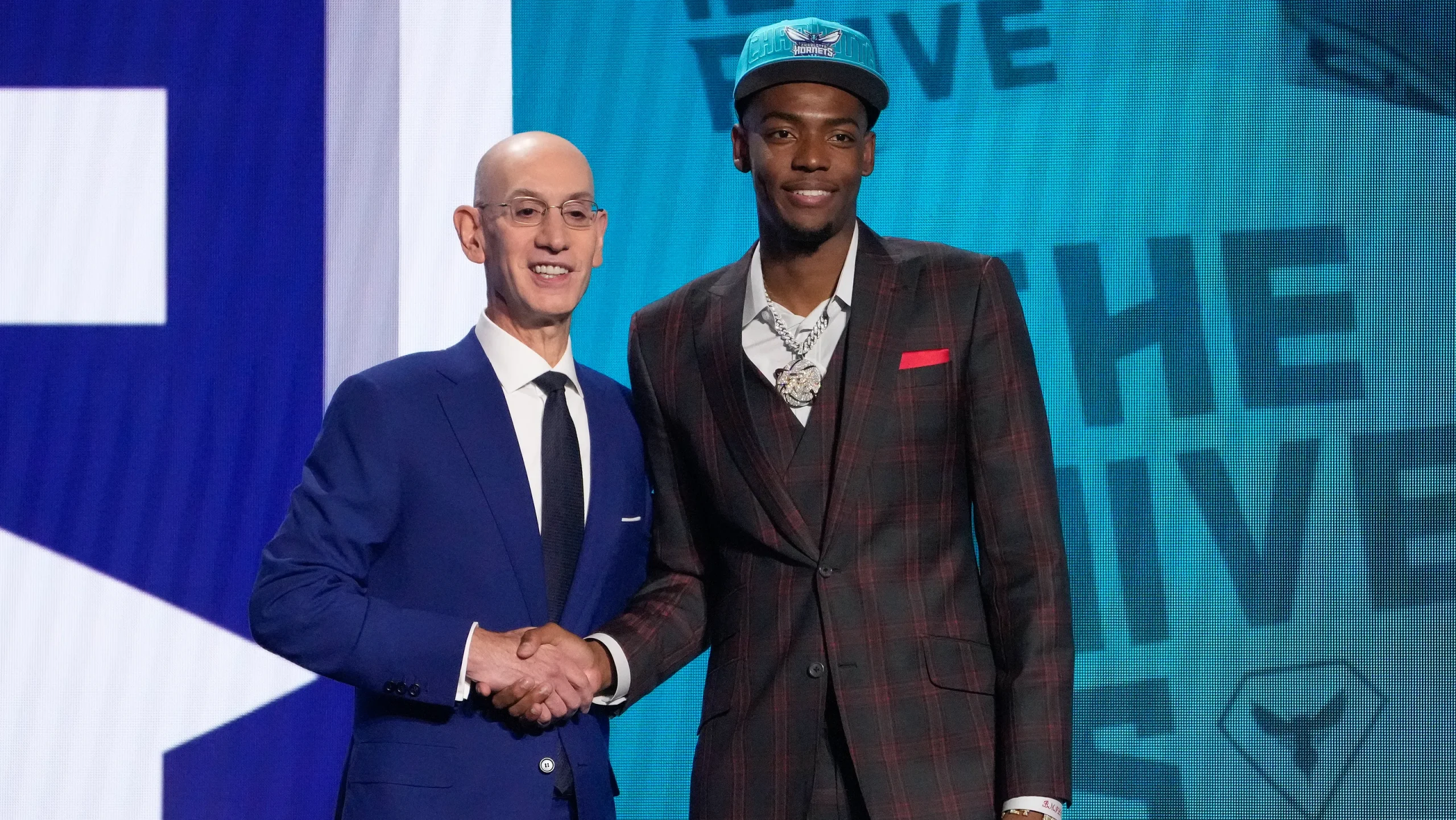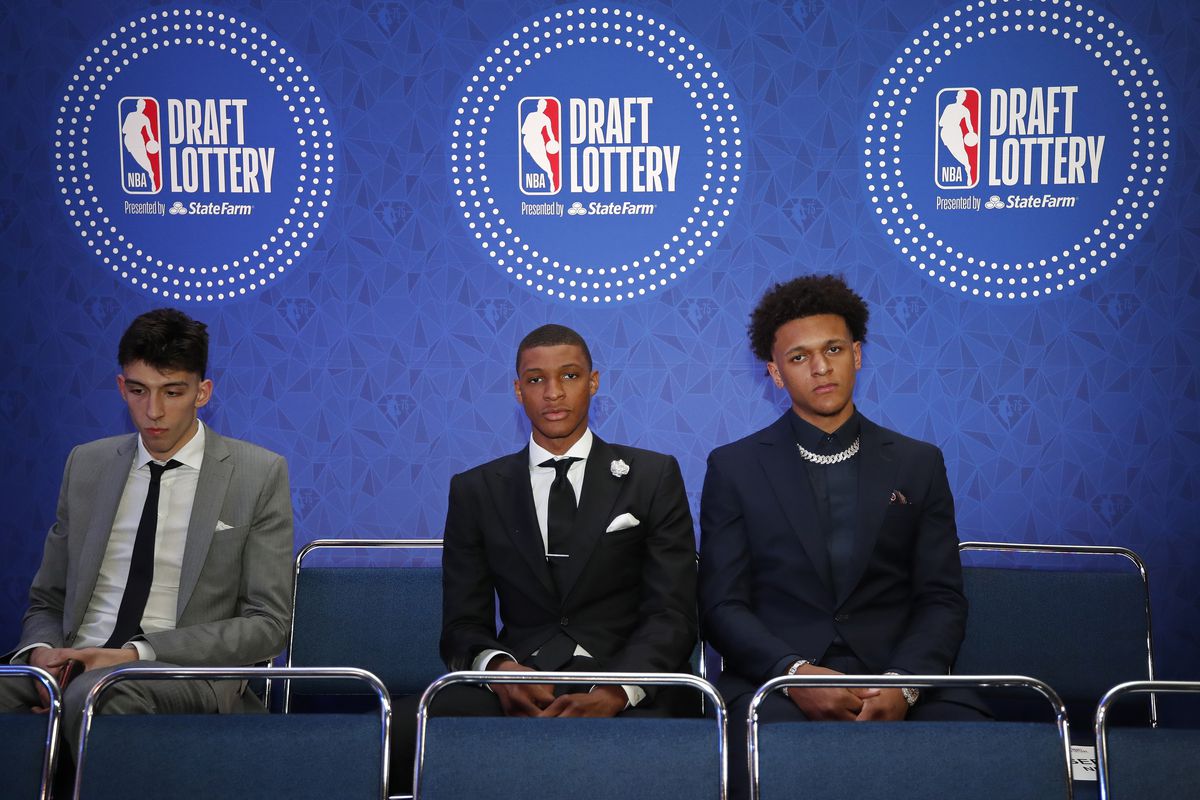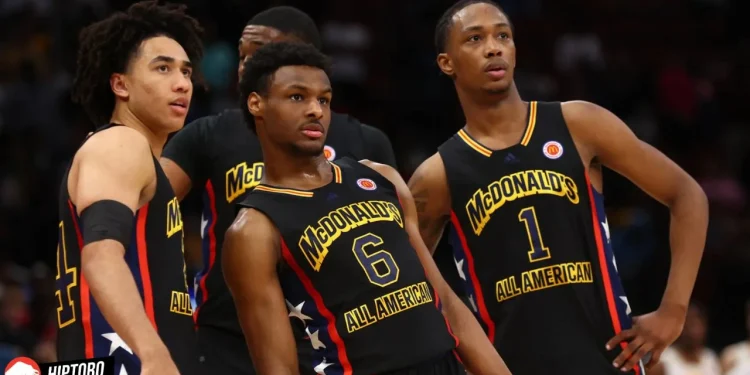The landscape of basketball, particularly the pathway to the NBA, is witnessing a significant shift. Historically, college basketball under the NCAA banner has been the primary launching pad for NBA aspirants.
This established order, however, is now being challenged by emerging programs and leagues, reshaping the trajectory for young talents dreaming of NBA stardom.

The Changing Tide: New Platforms for NBA Hopefuls
In recent years, there’s been a noticeable trend in the basketball world. Alternative routes to the NBA are gaining traction, offering prospects various platforms to showcase their skills. The creation of the NBL’s ‘Next Stars’ program in Australia, the NBA G-League’s Ignite program, and the Overtime Elite program, each in consecutive years from 2018 to 2021, signals a pivotal shift.
This diversification in the path to professional basketball is further complemented by the rise of international leagues. The success of global stars like Luka Doncic, Giannis Antetokounmpo, and Nikola Jokic, who have bypassed the NCAA route, underscores the increasing prominence of these international platforms.

The Success Stories: From Alternative Paths to NBA Glory
The efficacy of these new avenues is evident in their success stories. The NBL boasts of draftees like Lamelo Ball, a third overall pick and franchise player, along with other NBA players such as Josh Giddey, Ousmane Dieng, and RJ Hampton.
Similarly, the G-League Ignite program has produced consistent lottery picks, including notable names like Jalen Green, Jonathan Kuminga, Dyson Daniels, Marjon Beauchamp, and Scoot Henderson.
Even the relatively nascent Overtime Elite program has made its mark, with Amen and Ausar Thompson, both top-five picks, emerging as its products. These platforms have not only provided alternatives to young athletes but have also synergistically interacted, as seen in the case of Izan Almansa, who transitioned from OTE to the G-league Ignite.
NCAA’s Response: Adapting to the Evolving Landscape
Faced with this burgeoning competition, the NCAA has initiated reforms. The introduction of Name, Image, and Likeness (NIL) policies and relaxed transfer portal restrictions are seen as strategic moves to retain top talents. However, the 2023 draft, where only one top-five pick was a college player, raises questions about the effectiveness of these measures.
While college basketball still offers a depth of talent unmatched by its counterparts, the appeal of these newer platforms for top-tier prospects cannot be overlooked. The NCAA’s focus should, therefore, extend beyond just retaining talents to enhancing the collegiate basketball experience to remain a preferred choice for aspiring NBA players.
The Broader Picture: College Basketball in the New Era
Despite these challenges, the NCAA and college basketball enthusiasts have reasons for optimism. The collegiate game, rich in tradition and fanfare, continues to be a significant player in shaping NBA talent. The integration of NIL policies is a step towards making college basketball more attractive to young athletes.
Moreover, the depth of talent in college basketball is a critical factor. Not every high school prospect is ready for the professional rigors at eighteen. College basketball, with its amateur status and younger player base, offers a more nurturing environment for a majority of these players.
Drop a draft prospect and I’ll give you my thoughts on them. Fun to get some discourse going once in a while
Could be 2024 or 25 #NBADraft pic.twitter.com/mTCbWYn88Q
— nbadraftpoint (@draftpoint2024) January 29, 2024
Conclusion: Balancing Tradition and Innovation
In conclusion, while college basketball’s monopoly in producing NBA talent may be diluting, it’s far from being sidelined. The emergence of alternative routes to the NBA is a testament to the evolving nature of the sport. For the NCAA, the challenge is to adapt and innovate while preserving the unique essence of college basketball. The future of basketball talent development seems poised for diversity and richness, with multiple paths leading to the pinnacle of professional success.










